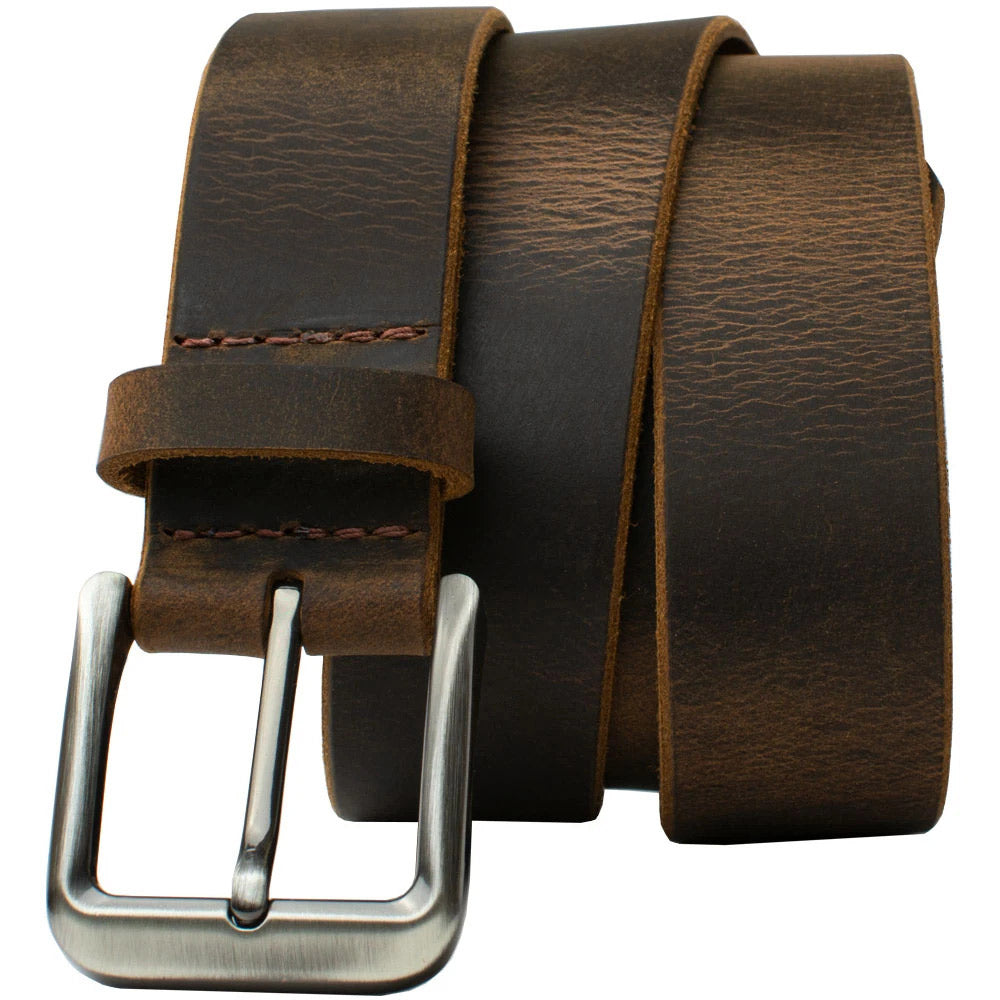Recent medical news has highlighted the case of a young boy whose frequent use of a popular tablet led to allergic contact dermatitis from nickel. It was confirmed through testing that his tablet did contain nickel which led to the boy’s symptoms.
If this story has you worried about rashes from your own beloved electronic devices, don’t panic. Be assured there are steps that can be taken should your favorite products test positive for nickel. But the first step is always to test those devices to know whether you should be concerned.
How to test for nickel?
Nickel Alert™ is available through our site and will provide a fast, easy, and accurate test result. It is safe to use on any metal with test results readable in seconds. The process is simple: apply a few drops of Nickel Alert to the tip of a cotton swab. Using the moistened swab, rub the metal firmly for several seconds. Take a look at the swab and if there is a pink or red color, nickel has been detected.
We did a tiny study in the office this week, following these news reports. Our mobile devices showed negative tests for the following: iPad 3, iPhone 4, Samsung Galaxy 3s, and a Lenovo Yoga 2 Pro laptop. Our only positive result was for an iPhone 5, but we want to caution you to remember that manufacturers use materials for their products from a variety of sources – one positive iPhone 5 test for us does NOT mean your iPhone 5 will test positive as well. See our independent study here:
What to do when nickel is detected in an electronic device?
Even with a positive test result, iPhones along with all other smart phones, may be protected with a cover that will provide an excellent barrier from any nickel contained in the metals of the device. The same is true of tablets; most people buy a cover along with the purchase of their electronic device. Obviously these covers are protecting more than your skin, so they are definitely recommended. However, we were a little stumped on how to avoid the nickel in a laptop if a positive result is achieved. Our technology expert suggested exploring laptop skins to determine if these protective covers would offer a sufficient barrier to protect the skin. We are still researching this option and will update this article if we learn more.
Nickel Guard™ is clinically proven as an effective barrier protection for the skin from nickel. While Nickel Guard is safe to use on metal, it is not recommended that it be used on any movable parts. Nickel Alert and Nickel Guard can be purchased separately or together in the essential nickel detection and protection kit, Nickel Solution™. Truly the first step in nickel allergy avoidance, Nickel Solution is the building block for success in overcoming nickel allergy problems.
It seems a lot of consumers have been trying to draw manufacturers’ attention to the allergic reactions caused by nickel; they are likely feeling somewhat validated with this recent news. Nickel allergy symptoms reported by electronics users include the typical intensely itchy rashes, blisters, and swollen, cracked, or leathery skin. In the United States there are no regulations such as the Nickel Directive in Europe that limits the use of nickel in products that routinely contact the skin. The unlimited use of nickel in products appears to have a direct effect on the increased numbers of nickel allergy reports.









